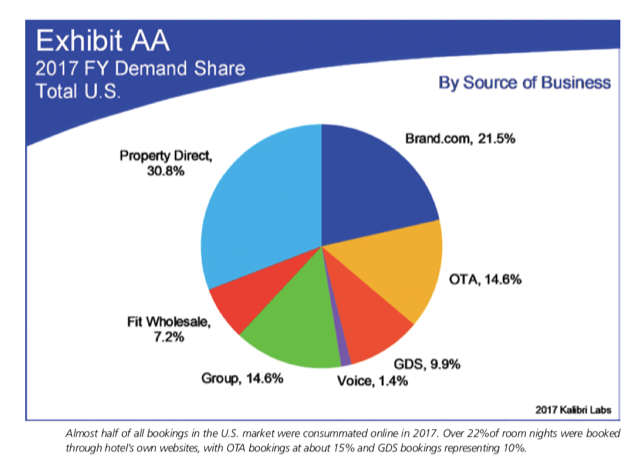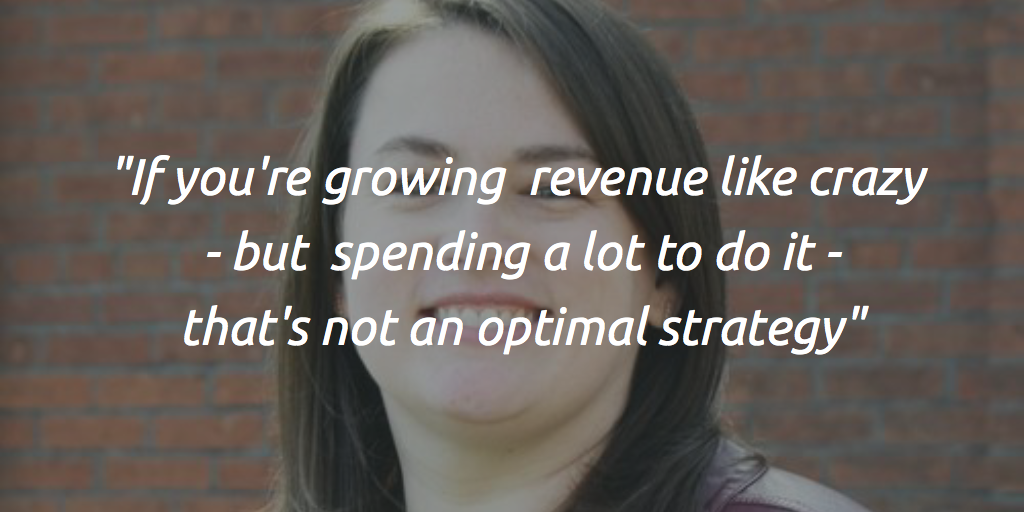
As the number of hotel distribution channels, marketing tools and rate types increase—and the cost for each booking varies—so does the need for determining a hotel’s optimal business mix (OBM).
But with so much data to process and analyze, coming from multiple sources, the challenge is to maintain a high-level perspective on the hotel’s overall revenue goals and needs.
That’s where the art and science of determining a hotel’s OBM come into play.
To put it simply, finding a hotel’s OBM is the process of finding which sales channels, demand segments and rates work best for the property, factoring in the cost of each customer, during a range of time periods, including daily, weekly, monthly and seasonal patterns.
Without a concrete understanding and commitment to an OBM, hotel marketers cannot apply their budgets and resources properly… leading to misalignment with ownership and missed targets.
“Taking a step back and looking at the big picture is the key,” said Jennifer Hill, vp of business development for Kalibri Labs, a leader in hotel benchmarking and reporting systems and analysis that recently published the special report, “Demystifying The Digital Marketplace.” “It’s hard to see the forest for the trees and understand what is important to the hotel business and the profitability of the hotel during certain seasons and different times of the year, as well as with different demand generators. You can’t look at any of that information—whether it’s channel distribution or rate category production—in a silo.”
Not Your Average Comp Set
One of the primary and most radical aspects of determining a hotel’s OBM is the need to expand your thinking beyond the textbook comp set approach to hotel forecasting and analysis. Hill said that while the traditional hotel benchmarking method compares a hotel’s performance against its competitors’ average performance, optimal business mix benchmarking is not necessarily limited to just those self-selected hotels in a comp set.
“The traditional metric is comparing your performance to an average of performance in hotels that might no longer be your direct competitors and might not actually be comparable hotels for every segment and every channel,” said Hill. “The OBM helps hotels get an understanding of demand and business that is available in their market, and where they can make the most money.”
For example, a hotel may consider its optimal business mix versus two or three hotels on Tuesday or Wednesday for corporate via GDS bookings, compared to another five hotels among which the property competes for OTA business on Friday and Saturday, plus another different six hotels that the property competes with on Sunday. In general, the comp set increases as demand declines.
“We’ve found that sometimes that 800-room hotel may very well compete with that 100-room economy scale hotel for that Sunday business,” said Hill. “The traditional benchmarking method just shows you, ‘Here’s the average performance; if you can manage to capture that, this would be the revenue increase,’ but if you’re looking at optimal business mix, you’re fine-tuning your actions against more specific targets, so you can maximize profitability based on pretty much every combination of channel, rate category and day of week. The outcome of that generally is a much greater realization on a profit contribution basis, not just revenue.”
Decoding Demand Generators
According to the Kalibri Labs report, the OBM journey begins with forecasting demand for each source of business available to a hotel. From there, one must review the gap between the subject hotel and a reasonable target for its market share for each of its demand drivers.
That allows sales and marketing teams to better choose the most promising opportunities and quantify them, so results can be tracked.
“It’s determining what is most meaningful to your strategy at that particular time in terms of demand and what’s going on in the market,” said Hill. “You might find that loyalty business does really well via brand.com and that’s something you should continue to improve upon and potentially use as a best practice moving forward. You might find that loyalty via GDS or property or voice is completely different.”
Hill stresses the importance of taking a holistic approach when performing this stage of OBM analysis. Although it may seem tempting to focus on specific demand segments that have performed historically well for a hotel (or ruling out undesired demand segments), OBM relies more on making use of the entire demand spectrum, so that untapped sectors can be utilized at times as needed.
“Consider the entirety of the picture; don’t just focus on one particular channel or rate category, but look at it as a combination of parts of a whole,” she said. “A lot of times, people get zeroed-in on certain kinds of business that they don’t want for any number of reasons, but all business has a part to play in optimal business mix, and you just flex it based on need and demand in your market and for your hotel type.”
It’s not optimal unless it’s profitable…
The next stage of OBM analysis and strategy is to formulate a net revenue objective for the hotel’s desired OBM. Then, based on the targeted mix, establish a spending target for both booking costs and sales and marketing costs, to achieve the desired mix.
This is a place where hotel marketing teams often go astray, without having a proper OBM plan in place. Hill said it’s important to not just focus on revenue, but also the cost of securing that revenue, and determining how to best proceed given the costs of each channel and customer segment.
“We do a lot of education around revenue strategy versus revenue management and moving toward that goal,” said Hill. “It’s crucial to refocus efforts in the direction of profitability, rather than just top-line revenue growth or index growth, which sometimes can be misleading measures of success. If you’re growing top-line revenue like crazy—but you’re spending a lot to do it—then you’re ultimately less successful in contributing to overall profits. Not an optimal strategy.”
An added perk, Hill said, is that while courting higher-rated business can lead to higher profitability, it can also achieve that goal at lower occupancies. This boosts the bottom line still further by reducing related labor costs, as well as the depreciation of the asset.
“OBM could potentially reveal opportunities for higher-rated, or more profitable business, with possibly less occupancy, creating less wear and tear on the overall operation and the asset itself,” Hill said. “If we’re able to do an OBM view and find business that is contributing more profit overall, then the hotel is going to be equally or more successful, with less wear and tear in terms of occupancy.”
Measure, Measure, Measure
With demand generators identified, goals set and costs quantified, the final stages of the OBM process focus squarely on measurement and results.
The Kalibri report suggests measuring performance against the optimal business mix by channel, rate category and specific opportunity to grow market share. This further identifies areas for improvement and opportunity.
Finally, hotel and resort marketers should then evaluate where the hotel was successful and where there is room for improvement, to enable a gradual uptick in net revenue and revenue capture. This is one of the places where human intelligence—rather than computers—remains essential.
Although one may have utilized reams of data to get to this point, ultimately, performing these kinds of analyses and making strategic decisions based on the findings is a human process that’s still more art than science.
“Now, more than ever before, you really need to understand all of these nuances,” explained Hill. “Machines are starting to do a lot of the pricing and inventory allocation, so what can we add to that? The ability to synthesize all of this data, give it to an expert in the field of revenue strategy, and let them make marketing and tradeoff decisions that machines aren’t quite doing, yet.”





